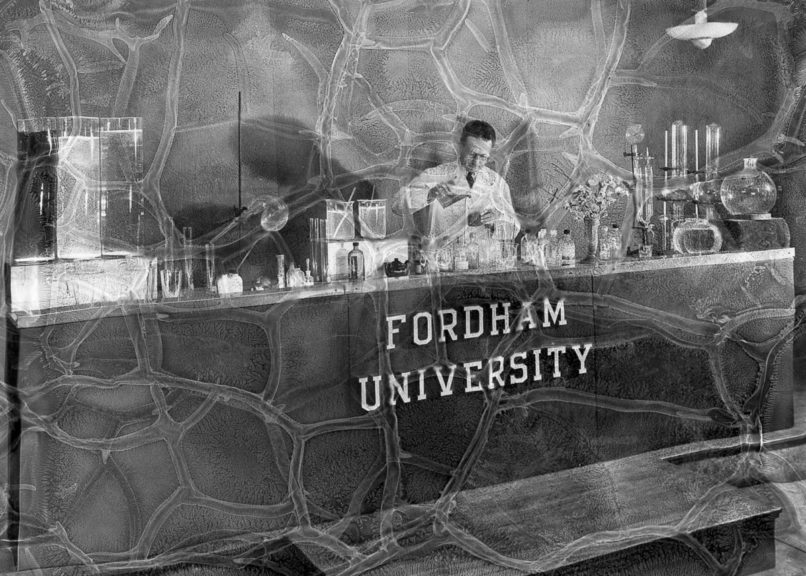
From the Archives
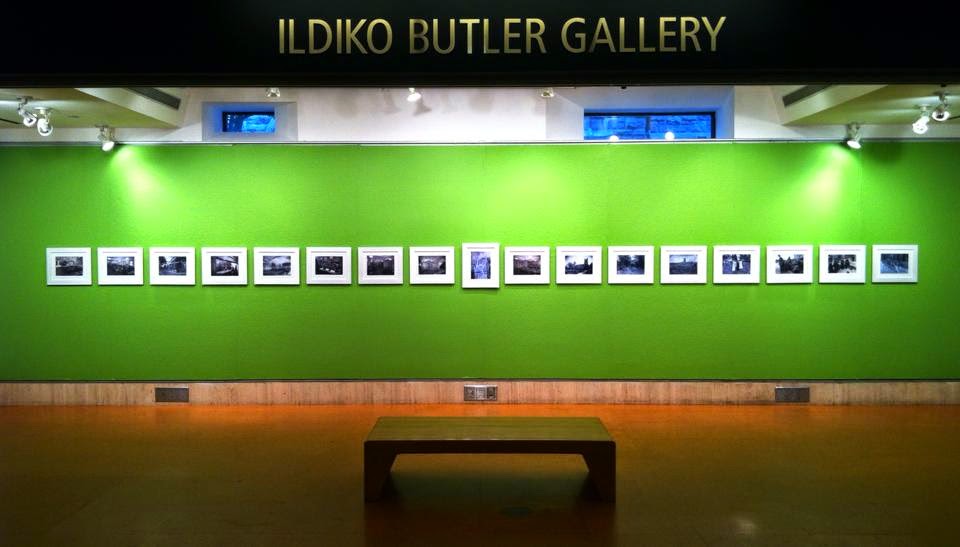



Take one part working methodology from the famous 1972 book, Learning from Las Vegas: The Forgotten Symbolism of Architectural Form, combine with the megacity of Tokyo, add ten Fordham University Gabelli students, stir for nine days in Japan and what do you get? You get direct acquisition of knowledge through experience with a small team, realized in an online, as well as hardback research volume focusing on branding, sensory marketing, architecture, design, photography, and urban planning.
Click HERE for book.
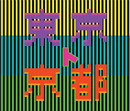
Click HERE for book preview.
This book is the final culmination of the course Documentary Photography: Japan offered by Stephan Apicella-Hitchcock through the Department of Theatre and Visual Arts at Fordham University.
The course description is as follows: This intensive class is designed as a platform for intermediate and advanced level students to further develop their photographic production with an emphasis on generating documentary projects focusing on the people, culture, and architecture of Japan. The megacity of Tokyo will serve as the starting point for our investigations, with image making itineraries that will take us from the cosmopolitan ward of Shinjuku, to the center of youth culture in Shibuya; and from the cutting edge fashion districts of Harajuku, to the temples and shrines of Asakusa.
Concurrent with our photographic explorations we will examine contemporary exhibitions in venues such as the Tokyo Metropolitan Museum of Photography in Ebisu, as well as view the ancient collections housed in Japan’s oldest and largest museum, the Tokyo National Museum in Ueno. Traveling by Shinkansen bullet train at 300 km/h (186 mph), we will make our way south to Kyoto, the nexus of traditional Japanese culture and history with approximately two thousand temples, shrines, and gardens that we can utilize as both the catalyst and stage for our photography. The extraordinary wealth of visual stimuli we will experience in Japan over ten days will certainly inspire, as well as function as the backdrop against which to critically discuss the strategies that photographers employ in communicating their interests.
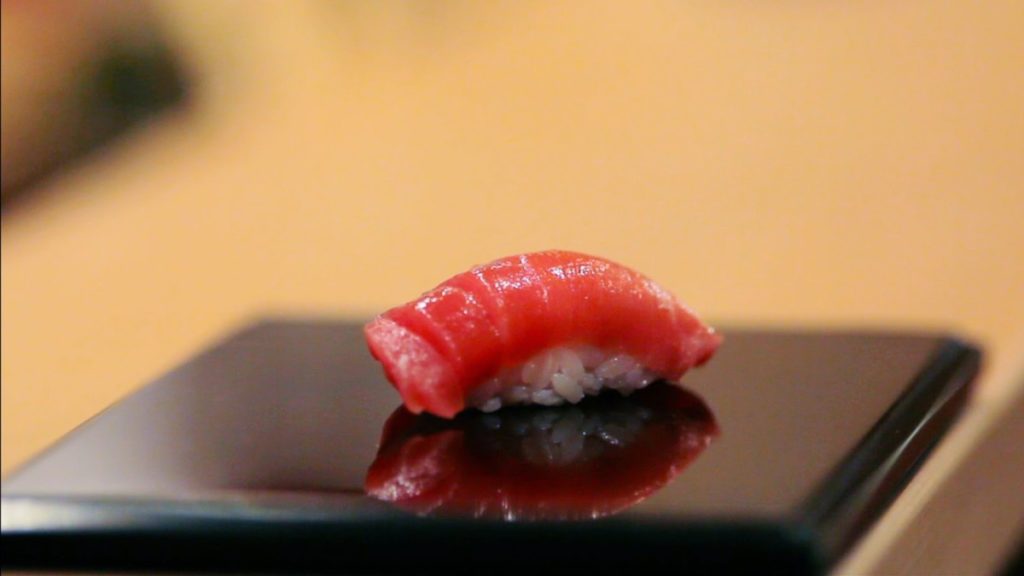
Jiro Dreams of Sushi is the story of 85-year-old Jiro Ono, considered by many to be the world’s greatest sushi chef. He is the proprietor of Sukiyabashi Jiro, a 10-seat, sushi-only restaurant inauspiciously located in a Tokyo subway station. Despite its humble appearances, it is the first restaurant of its kind to be awarded a prestigious three-star Michelin Guide rating, and sushi lovers from around the globe make repeated pilgrimage, calling months in advance and shelling out top dollar for a coveted seat at Jiro’s sushi bar.
Jiro Dreams of Sushi is a thoughtful and elegant meditation on work, family, and the art of perfection, chronicling Jiro’s life as both an unparalleled success in the culinary world and as a loving yet complicated father. –Magnolia Pictures
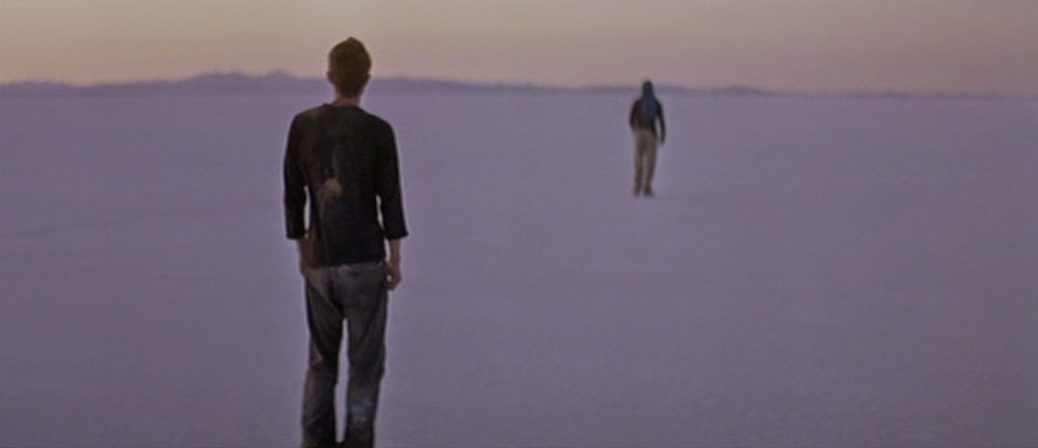
No description included for fear of plot spoiling; however, I can say clearly that there is walking and landscape. Who needs more?
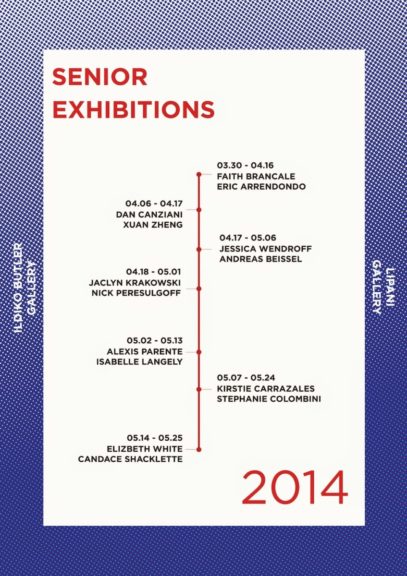
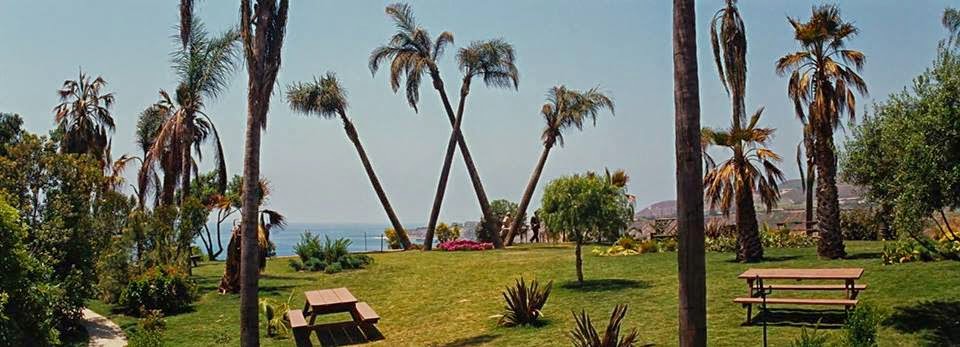
Please join the Fordham University Friends of Films for Photographers in collaboration with Professor Pics for a screening of Stanley Kramer’s 1963 film It’s a Mad, Mad, Mad, Mad World.
The dying words of a thief spark a madcap cross-country rush to find some treasure. With this all-star Cinerama epic, producer/director Stanley Kramer vowed to make the comedy that would end all comedies. The story begins during a massive traffic jam, caused by reckless driver Smiler Grogan (Jimmy Durante), who, before (literally) kicking the bucket, cryptically tells the assembled drivers that he’s buried a fortune in stolen loot, under the Big W. The various motorists setting out on a mad scramble include a dentist (Sid Caesar) and his wife (Edie Adams); a henpecked husband (Milton Berle) accompanied by his mother-in-law (Ethel Merman) and his beatnik brother-in-law (Dick Shawn); a pair of comedy writers (Buddy Hackett and Mickey Rooney); and a variety of assorted nuts including a slow-wit (Jonathan Winters), a wheeler-dealer (Phil Silvers), and a pair of covetous cabdrivers (Peter Falk and Eddie Rochester Anderson). Monitoring every move that the fortune hunters make is a scrupulously honest police detective (Spencer Tracy). Virtually every lead, supporting, and bit part in the picture is filled by a well-known comic actor: the laughspinning lineup also includes Carl Reiner, Terry-Thomas, Arnold Stang, Buster Keaton, Jack Benny, Jerry Lewis, and The Three Stooges, who get one of the picture’s biggest laughs by standing stock still and uttering not a word. ~ Hal Erickson, All Movie Guide
Unparalleled, zany comedy. Food and friends are both welcome.
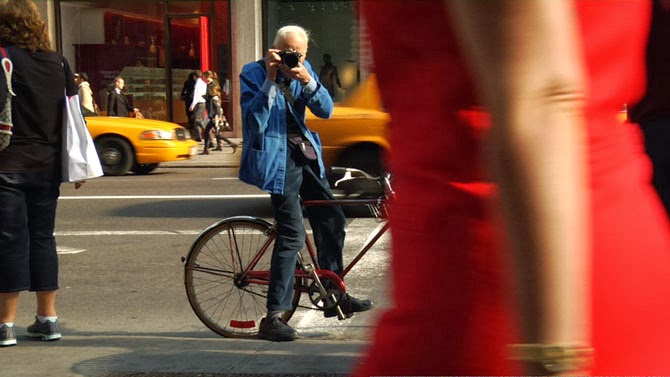
February 11, 2014, 12 PM
Fordham University Friends of Films for Photographers
113 West 60th Street, Visual Arts Wing, Room SL24H
For more information please contact Stephan Apicella-Hitchcock: apicellahit@fordham.edu

Selections
from the Fordham University
Charles Francis | Graphic Design Archives
The Lipani Gallery
Fordham University at Lincoln Center MAP
113 West 60th Street at Columbus Avenue
New York, NY 10023
http://lipanigallery.com/
Curators: Curated by Abby Goldstein with Lucy Sutton and Sally Thurer
On view: February 3 through March 28, 2014
Reception: Opening reception: Thursday February 27, 5:30 to 7pm
This exhibition highlights just a small portion of a rich and unique collection that has been acquired by Fordham University Lincoln Center for our Graphic Design Archives. The material spans a period of 100 years, showing the history of the advertising, printing, paper, and typesetting industries. Many items in this collection are limited-edition printed samples of design and typography, books on typography, paper and printing techniques, typographic specimens, and books on printing and design. Charles Francis (1846–1936), who was one of the preeminent American publishers of the twentieth century and considered the “dean of the American printing industry,” began to assemble the collection in the 1880s. Mr. Francis wrote several books on printing and founded the Printers’ League of America in 1906. He dedicated his life to promoting the industry and to teaching publishing, and this extraordinary collection is a testimony to his commitment and zeal. The collection continued to grow under the stewardship of the Allied Printing Union, which was housed in the New York High School of Printing for many years.
The work on display in the Lipani Gallery is a mélange of type and printing examples that illustrates the inventiveness and advancement in the advertising, design, and typesetting industry during the first half of the twentieth century. Highlighted in the exhibition are the inventive and groundbreaking magazines Upper and Lower Case (U&lc) and Westvaco Inspirations.
Upper and Lower Case was created and produced by Herb Lubalin, a highly regarded iconoclastic advertising art director, type designer and publication designer for the International Typeface Corporation (ITC). The “newspaper style” publication was targeted toward the design community. There were over 120 issues produced between 1970 and 1999. The publication promoted the latest typefaces from ITC, which was the first type foundry to exploit new photo typesetting techniques and not use traditional metal foundry type.
Lubalin served as art director to U&lc for 11 years, until his death in 1981. The publication focused on showing experimental typographic compositions and was hugely successful within the design community as it shepherded in a period of new and expressive typography.
Westvaco Inspirations was a graphic-arts publication issued by the Westvaco Corporation, originally called the West Virginia Pulp and Paper Company. The objective of the magazine was to demonstrate what the printing processes and its papers could produce by utilizing a variety of cutting-edge and traditional printing methods, including letterpress and offset lithography. Originally published in 1925, Westvaco Inspirations was a leading corporate contributor to the graphic-arts profession until its discontinuation in 1962. It remains unsurpassed as an example of promotional graphics, an anthology of advertising and commercial art, and, more importantly, a chronicle of a period of time in American history.
Between 1939 and 1962, Bradbury Thompson designed more than sixty Westvaco Inspirations. Thompson was highly regarded for his design direction, impeccable taste and his ability to blend modernist typographic layouts with classic typefaces and historic illustrations.
*Runaway Train, 1985, was based on an original screenplay by Akira Kurosawa. It is an action thriller staring Jon Voight, Eric Roberts, Rebecca De Mornay and John P. Ryan.
Sponsored by the Visual Arts Department, Fordham University Lincoln Center
For more information please contact: Abby Goldstein, Associate Professor of Art, Fordham University, abgoldstein@fordham.edu
Visual Arts Department Blog: click here
Visual Arts Department Website: click here